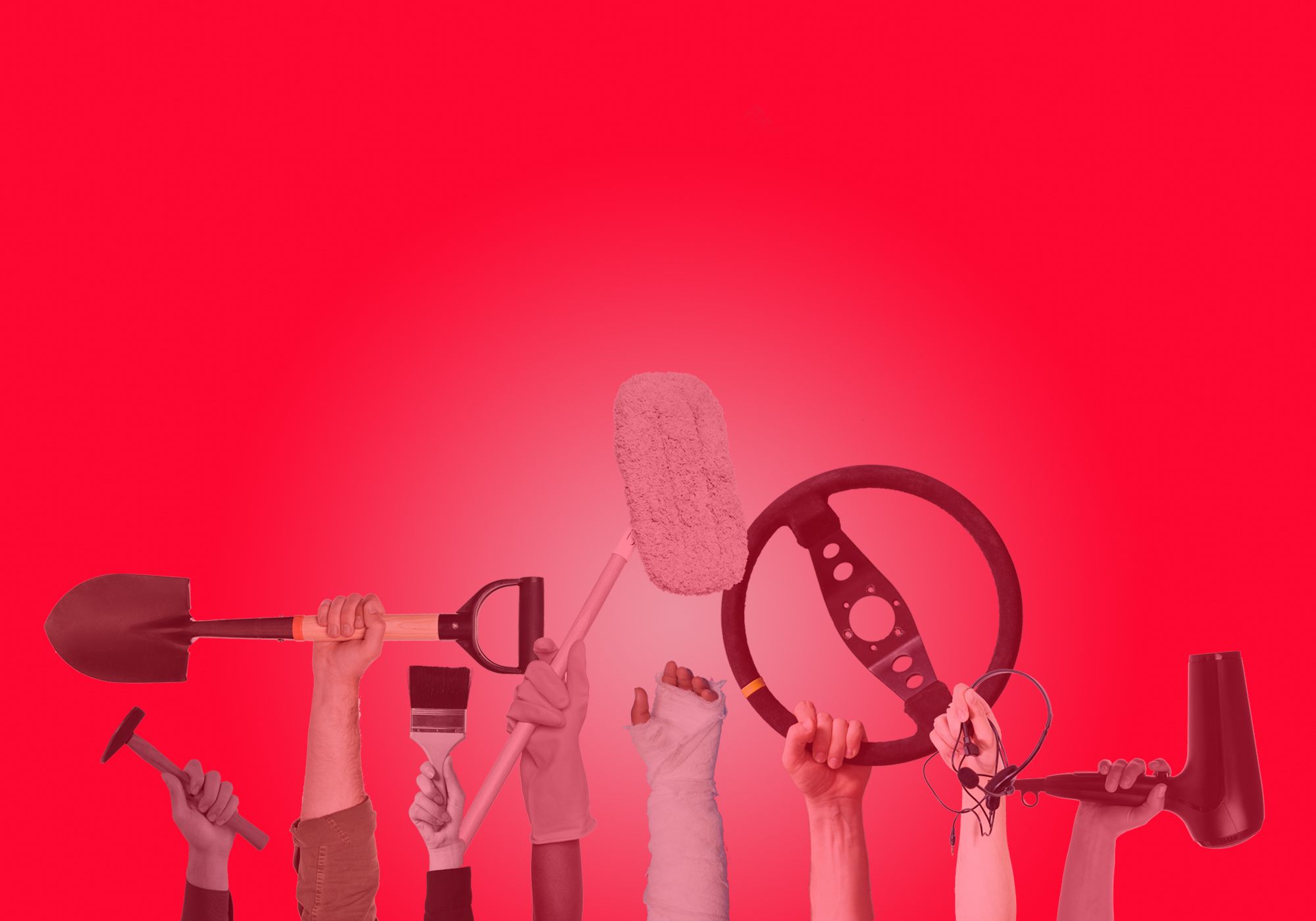Without direct channels for participation at the grassroots level, the shallow tranquility long enjoyed by the general public has come to a screeching halt–on a street without jeepneys.
There is a general feeling that much of liberal democracies after 2016 are exposed to constant twist and turns.
Whatever the causes and symptoms of these tremors, it is quite clear to everyone that this necessitates a transition to a new paradigm of theory and practice. Objectively speaking, these tumults are manifestations of the ongoing tensions and contradictions embedded in any social order. What is called by many observers as the neoliberal epoch, is heading at a crossroads.
There are of course many factors of why this occurred. In recent years, democratic backsliding has become a jargon and even an analytical framework to highlight the challenges to liberal and social democracies.
Before we further dive, we have to clear the elephant in the room first. The elephant is of course democracy, that lofty aspiration and rhetoric. As of this current millennium, there are certain aspects that is generally agreed upon on what constitutes a democracy: regular elections; an influential media (specifically private media,) a depoliticized judiciary, and lastly, an emphasis on negative liberty or freedom from restraint.
These four parameters tend to be the accepted understanding of the democratic process. Caveats aside, they are able to function relatively well, after many just assumed that the age of ideologies, can be buried into the dustbins. The go-go 90s, characterized by the Goldilocks economy reigned supreme. There is a broad affluence in the middle, while those at the receiving end of privatization, deregulation or deindustrialization, are too miniscule to possess relevance. As with any era of excess, the biggest mistake that everyone can make is complacency.
One can notice that absent in the four parameters of democracy, are direct channels for participation at the grassroots level. There is a reason why. With the curtailment of the labor unions, what is considered popular feedback is either fed to the pipeline of non-government organizations or focus groups. This shallow yet observable tranquility, in retrospect, is not built to last.
Since the 2009 recession, interest on approaches outside of the parameters of either liberal or social democracies, are ascendant. They are all responding to the prevailing notion that the center in these structures, are either incapable, or corrosive to the country’s well-being. In some nations, this energy is harnessed to a renewed push for grassroots initiative. In others, it is translated as polarization and mutual hatred, aided by a largely partisan media that is the culmination of manufacturing consent’s universal grasp on information.
In the Philippines, there is an uptick on labor agitation. This is simultaneous with the enduring populist insurgency. While they tend to merely occupy pluralities of around 20-30%, they are nonetheless formidable. They take advantage of the fragmented opponents before them, who are splintered into hundreds of intersecting organizations, whose squabbles are largely personal.
In an ironic twist, the Marxist hymnal of class consciousness, is rendered afloat to the service of reactionary goals. Reaction in this case can mean two things: a yearning for the past, or an immediate response. In both cases, these currents have reinforced one another.
But what is class consciousness to begin with? To put it simply, class consciousness is a collective sentiment rooted in class. Class is but a person’s relation to their job. Blue collars are identified with the fact that they are considered as general laborers, of which the maintenance of civilization is dependent on their shoulders. In contrast, the white collars are those who occupy the particular aspect of labor, usually that of a clerical nature.
Class consciousness is easily felt when the workers live, sleep, toil and aid together. They usually sleep in a common barracks, shepherded to the factory or the facility, and then returning to their habitat once the job is done. In contrast, today’s age is defined by a more complicated web of social connections, more indirect than ages ago. As such, there was once an assumption that class will no longer play a role. They were however proven wrong.
This is why much of the establishment is baffled and alarmed of these developments. They sadly, neither possess the acumen or the prudence of their older ancestors, who have witnessed what we consider as mass politics. This is the politics where resource distribution is immediate and where its aims are paid with the price of blood and tears.
The most pressing lightning rod of today’s revived labor agitation is on the realm of the blue collars in the Philippines, specifically the jeepney drivers. Either due to an inconsistent measure of the state towards modernization, or an abrupt favoritism by the state on minibuses, the reorganization of the transport sector is littered with chaos and dysfunction. This chaos of course, are hurting the bottom-line of the drivers. Since last year, their strikes still continue, garnering a broad degree of sympathy and lukewarm indifference.
The revelation that the acquisition of the new models will be shouldered by the drivers and operators, more or less shifted public opinion to their favor. There is a catch. Strikes can only work so long as there is a tangible objective and reward in mind. To strike for the sake of strike, can sap the momentum of those who partake in it.
This is where an opening is at hand. For decades, unions are associated with organized crime and a bureaucratic clique in which red tape is rampant. Now, there is a notion of revisiting the union concept as the basis of not just winning bread, but also of the people’s stake in the government.
The future remains unwritten. Let us see where the winds will blow. Yet, one is sure that what was once normal, can no longer be recovered. For the only way out is through.



